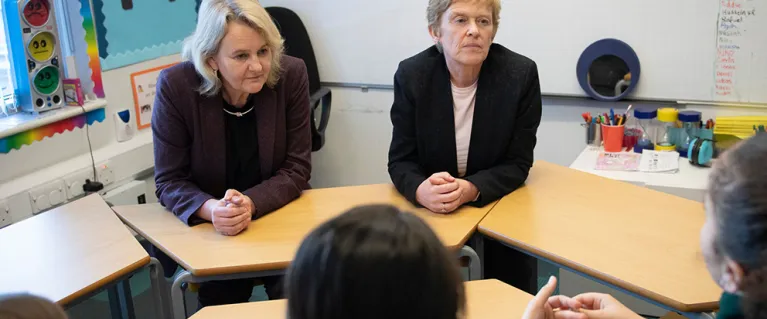
Bring down school exclusions, bring down violence
To understand how to reduce violence, we look to what has worked in London and what has worked in other cities where persistent trends of violence have occurred. In doing our research, we were drawn to the progress that has been made in Glasgow to reduce school exclusions and the reduction of violence that has followed.
For some children, the stability that school provides can be the only stability in their lives. Where homelife can be chaotic, violent and anxious, being at school can alleviate some of that. That’s why we must do all we can to make schools safe and inclusive.
Research shows that schools are often the safest places for young people to be. There is a trend between young people who are excluded from school and violence affecting them. In London, as in other cities, we see what happens when this trend is allowed to play out.
In Glasgow, school exclusions were reduced by 81% over a ten year period. Over the same period, violence fell by 48%.
In London, exclusions have steadily increased since 2012. Nearly 900 children were excluded from secondary school in 2018/19. A further 25,000 secondary pupils had more than one fixed period exclusion.
Statistics reveal exclusion is used disproportionately against certain groups. These include pupils who have special educational needs or disabilities, black pupils, and pupils eligible for free school meals.
We have been working with schools, boroughs, alternative provision settings, and others to better understand how to support children at risk of exclusion or going missing from school.
Our Supporting Inclusive Schools programme is currently working with 200 schools with above-average exclusion rates in 16 London Boroughs. Our aim is to create more inclusive environments to support young people to stay in school and out of trouble.
Need a document on this page in an accessible format?
If you use assistive technology (such as a screen reader) and need a version of a PDF or other document on this page in a more accessible format, please get in touch via our online form and tell us which format you need.
It will also help us if you tell us which assistive technology you use. We’ll consider your request and get back to you in 5 working days.